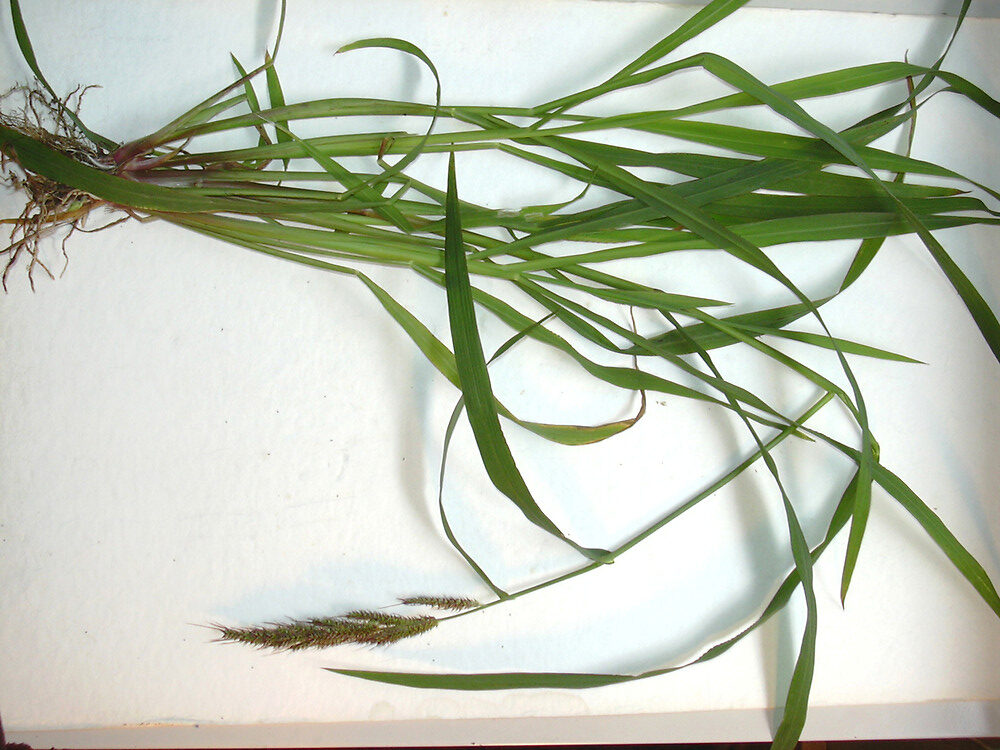
- Address : Bathalagoda, Ibbagamuwa, Sri Lanka
- E- Mail : rrdi@doa.gov.lk
- Telephone :(+94) 037-2258561
- Fax :(+94) 037-2259881
rice - the staple food - weed management
Echinochloa crus-galli
Family – Poaceae
Scientific name – Echinochloa crus-galli (L.) P. Beauv
Common name – S-bajiri, maratu, wel-marakku; T- kutirai, val-pul; E- Common barnyardgrass
Synonyms –
- Panicum crus-galli L. (basionym), Panicum hispidulum Retz., Milium crus-galli (L.) Moench, Pennisetum crus-galli (L.) Baung
Lifespan – Annual
Morphology –
- Plant – erect; tufted; reclining at base; up to 200 cm tall.
- Stem: in lower nodes rooting could be seen in culms culms rooting ; cylindrical, filled with white spongy pith; no epidermal hairs could be seen.
- Leaf: linear, 10−40 cm long, leaf base – broad round; leaf tip -narrow; no ligules present.
- Inflorescence: compound racemes; green to purplish in colour, 10−25 cm long; spikelets elliptical and pointed, slightly hairy; awns green to purplish, 2−5 mm long
Biology and ecology –
- Propagate by seeds.
- Flowers throughout the year and produce seeds within 60 days.
- Prefer moist to wet land;
- Easily grow in direct-seeded rice fields
Agricultural importance –
- A serious serious weed of lowland rice due to
- rapid growth
- competitive ability
- capacity to multiply rapidly
- Young shoots are edible
- Used for reclaiming saline lands
- Serves as feed for animals
Management
Cultural control: proper land preparation (under wet or dry conditions); hand weeding is difficult due to the similarity in morphology at early stages
Chemical control: use of recommended herbicides.
Photo credits –
- http://www.conabio.gob.mx
- https://courses.missouristate.edu
- https://eunis.eea.europa.eu
- http://www.fresnostate.edu
- https://www.fs.fed.us
- https://herbarium.cfans.umn.edu












